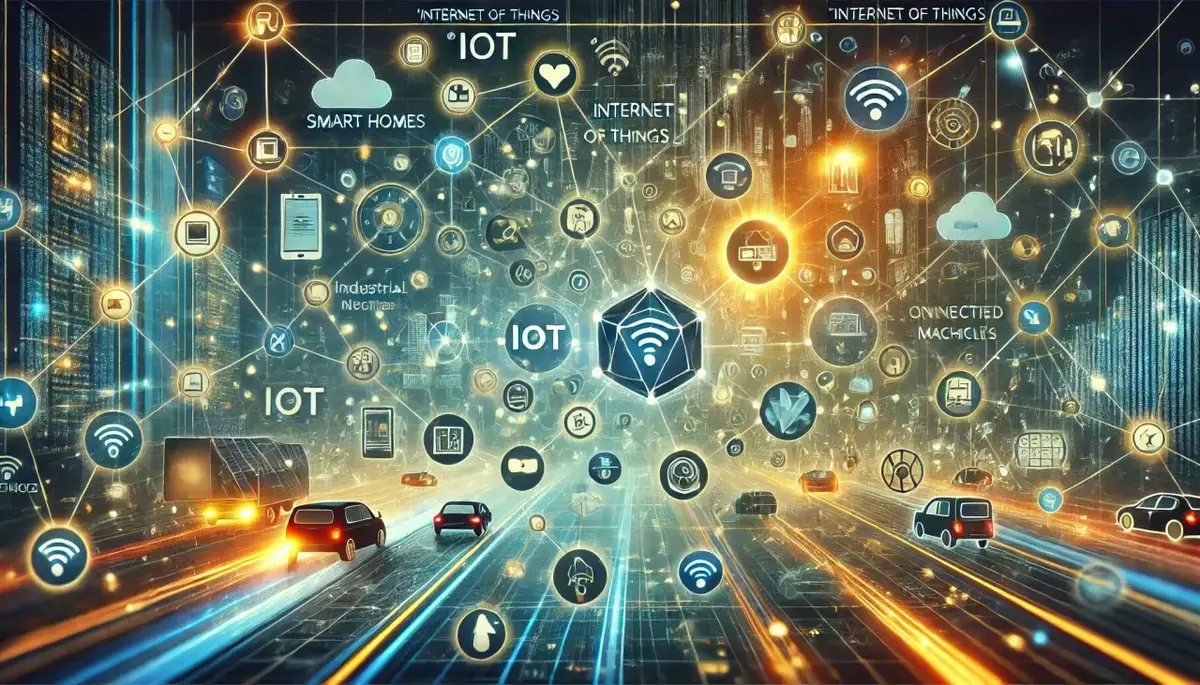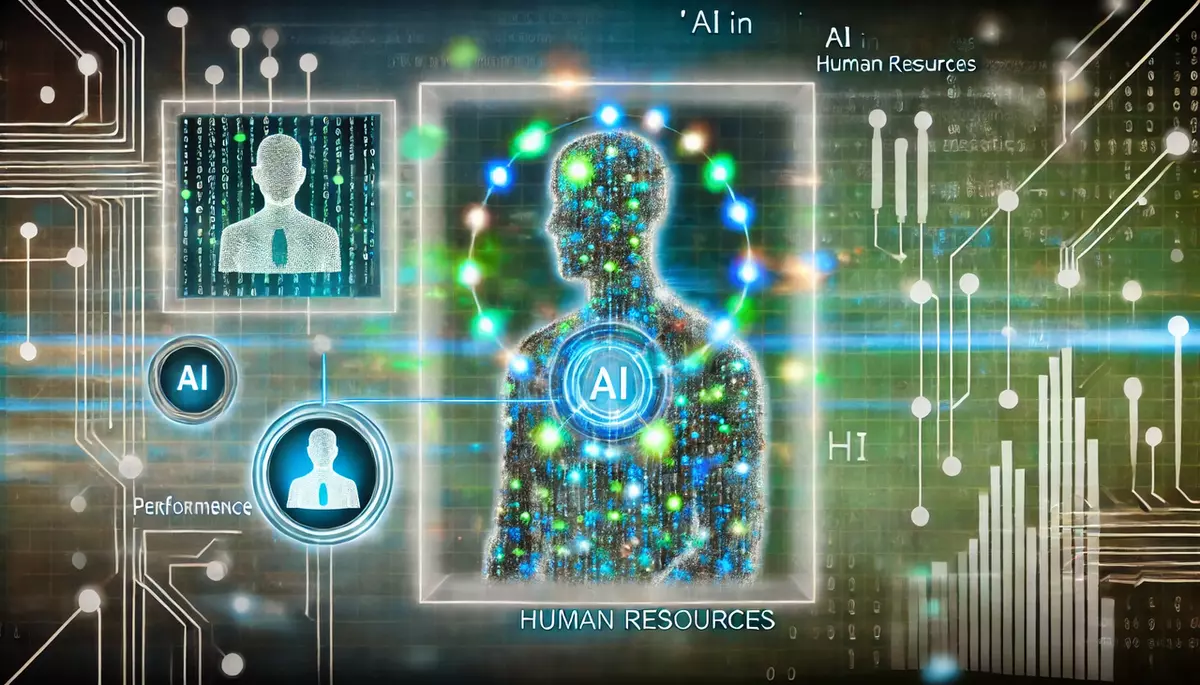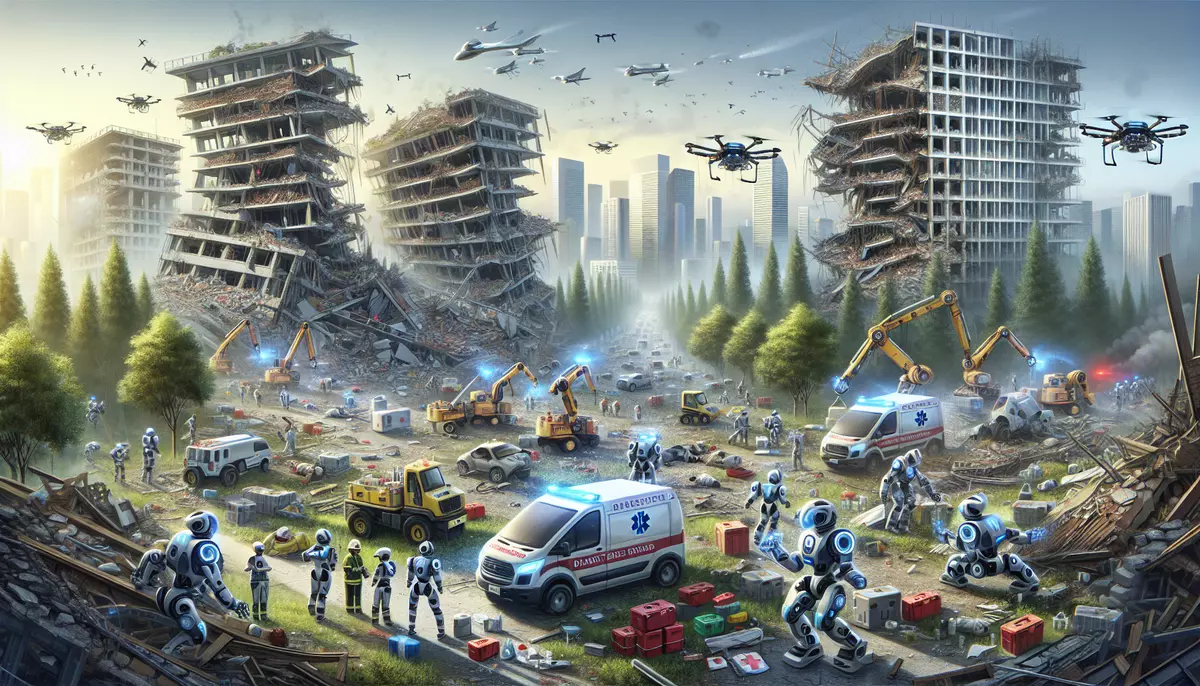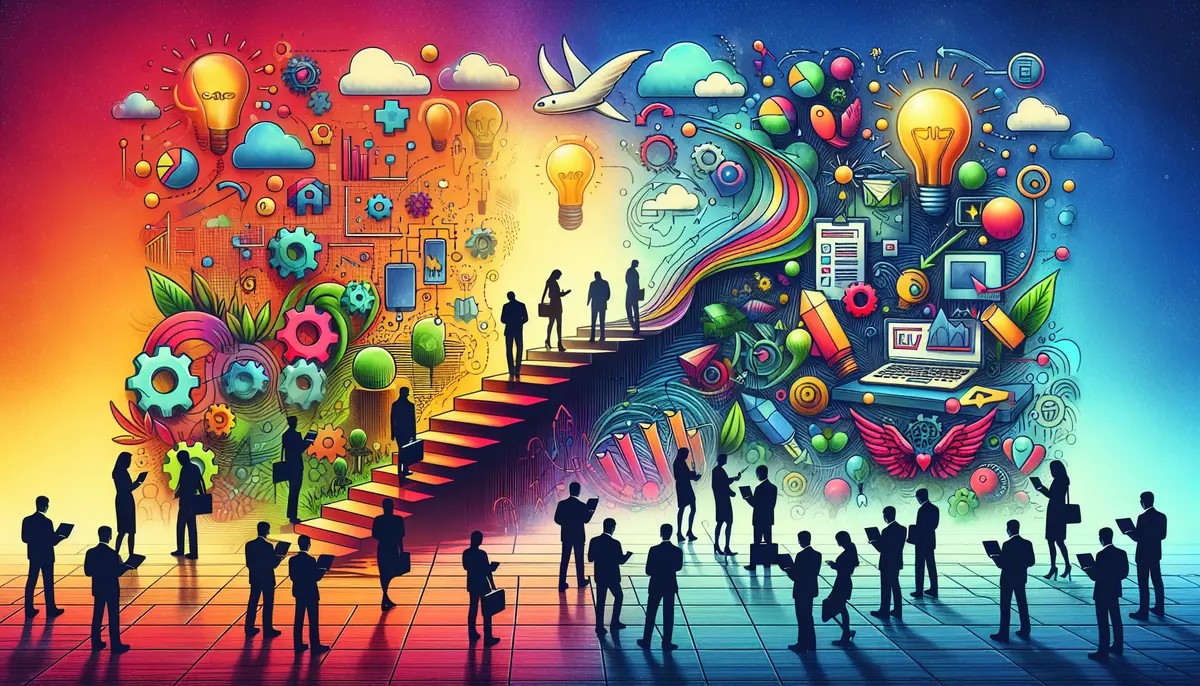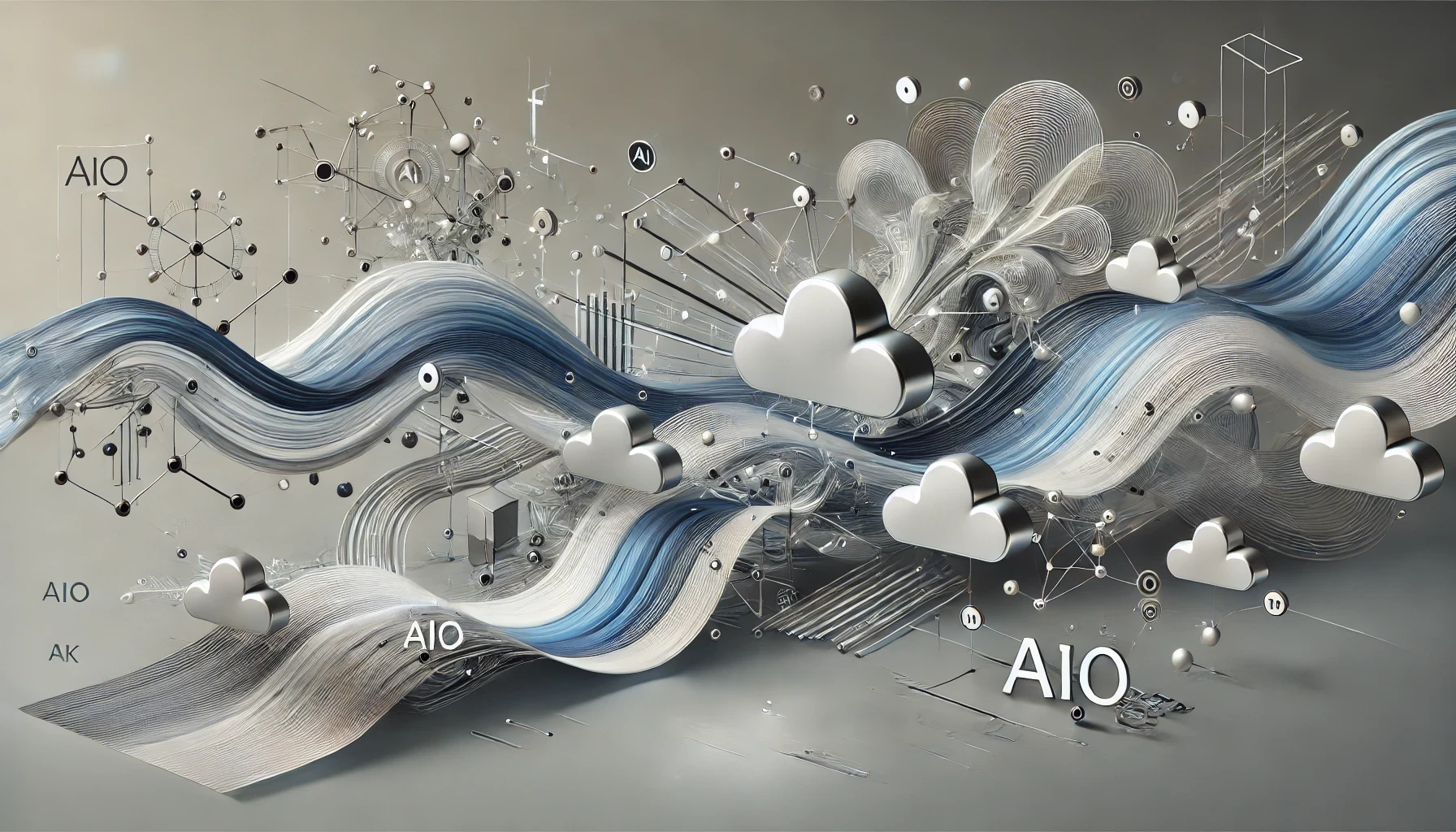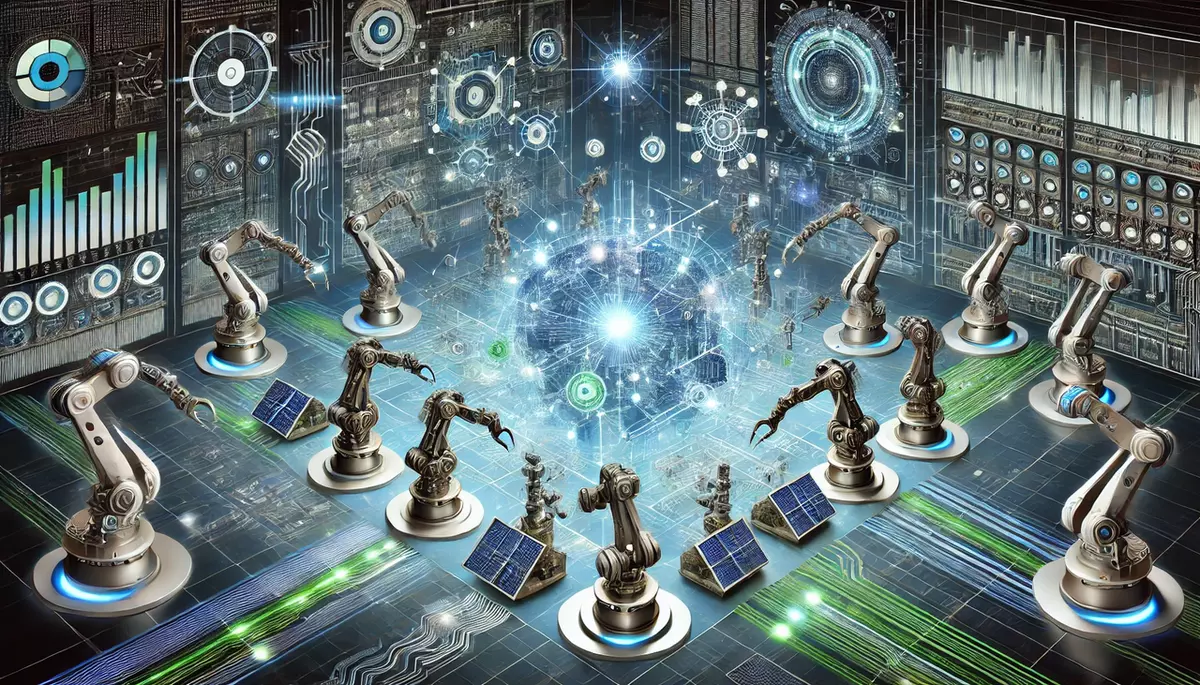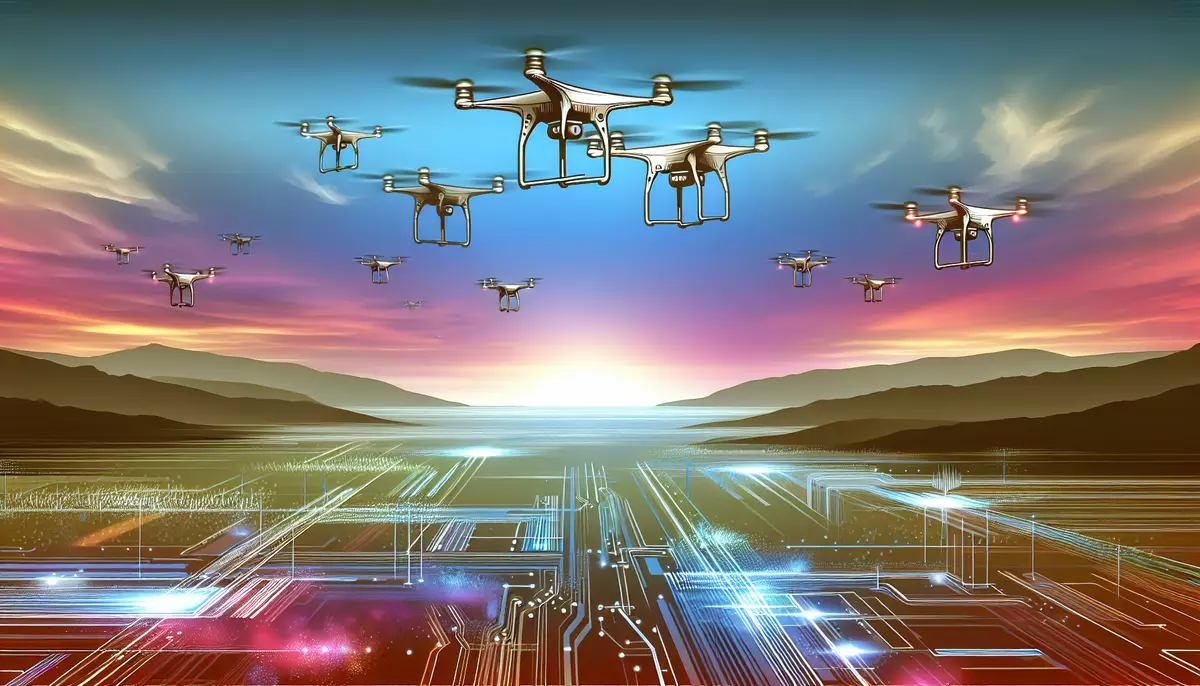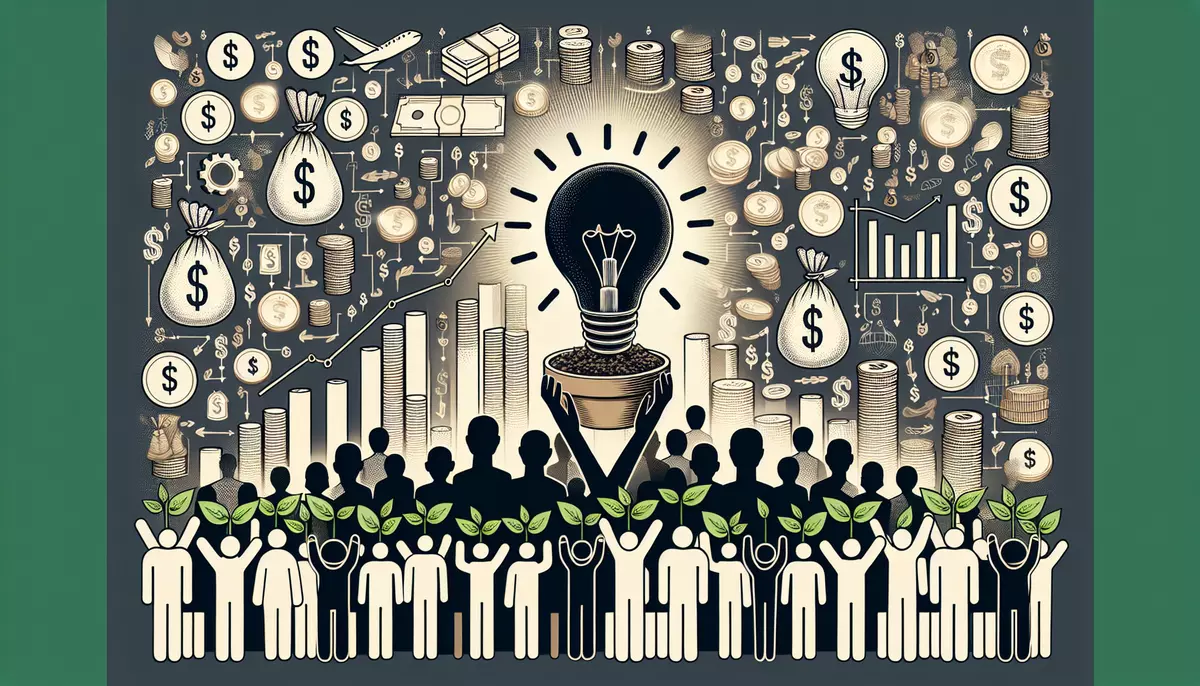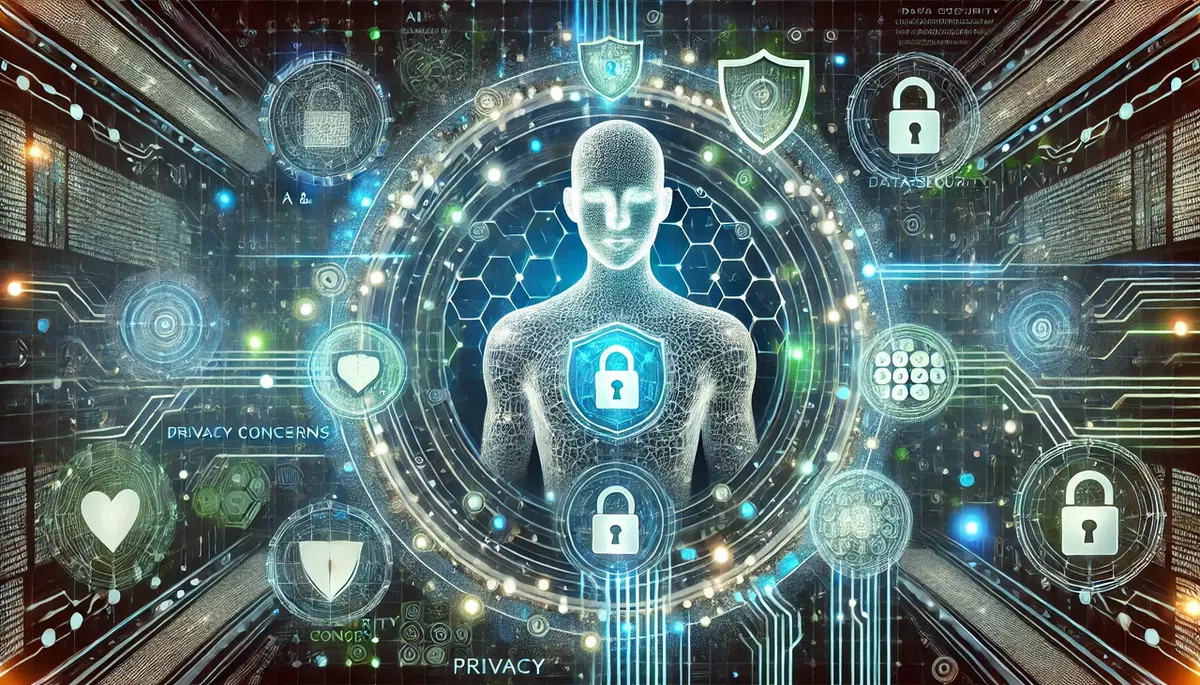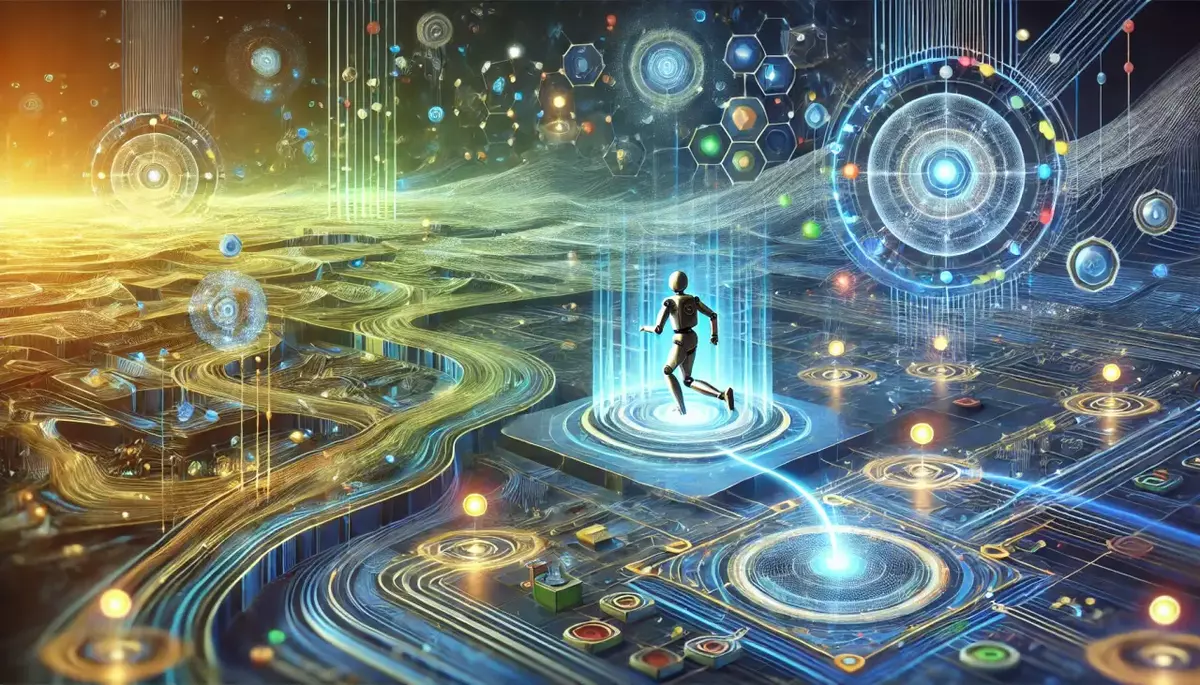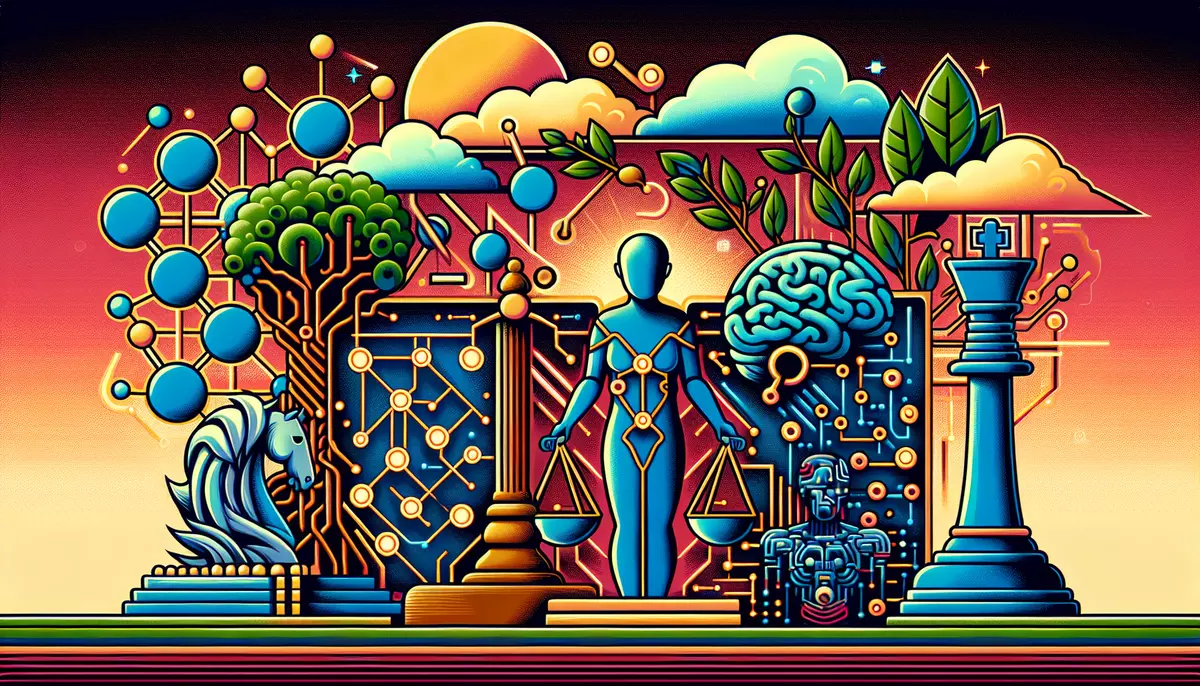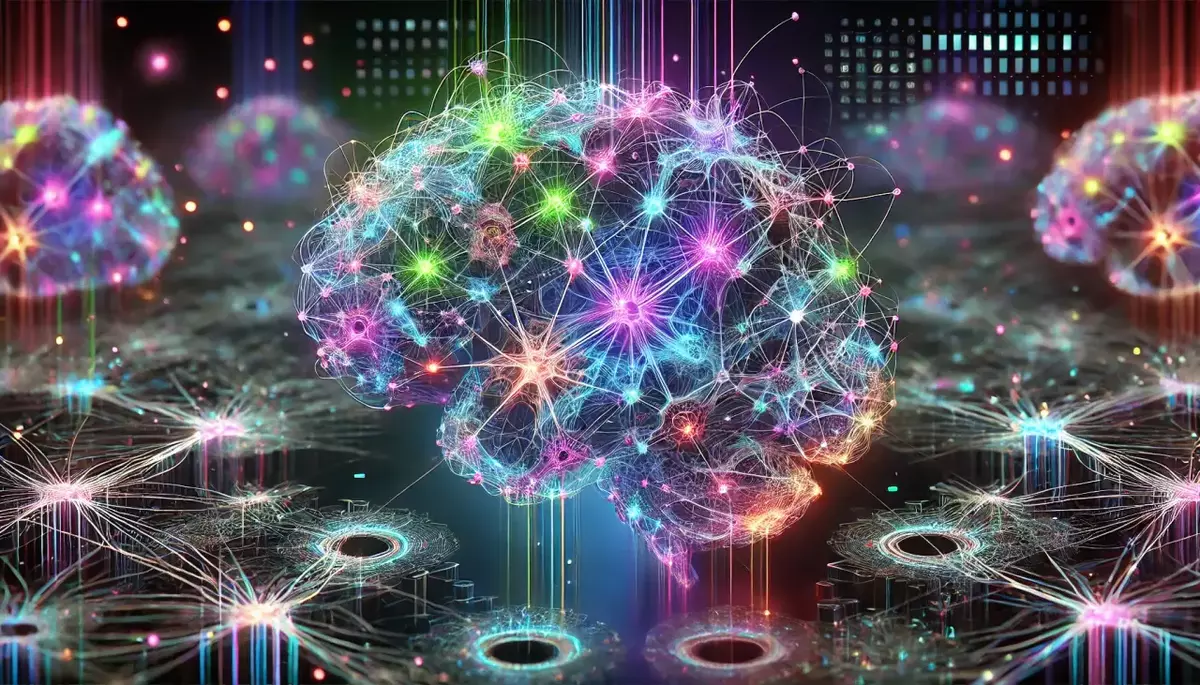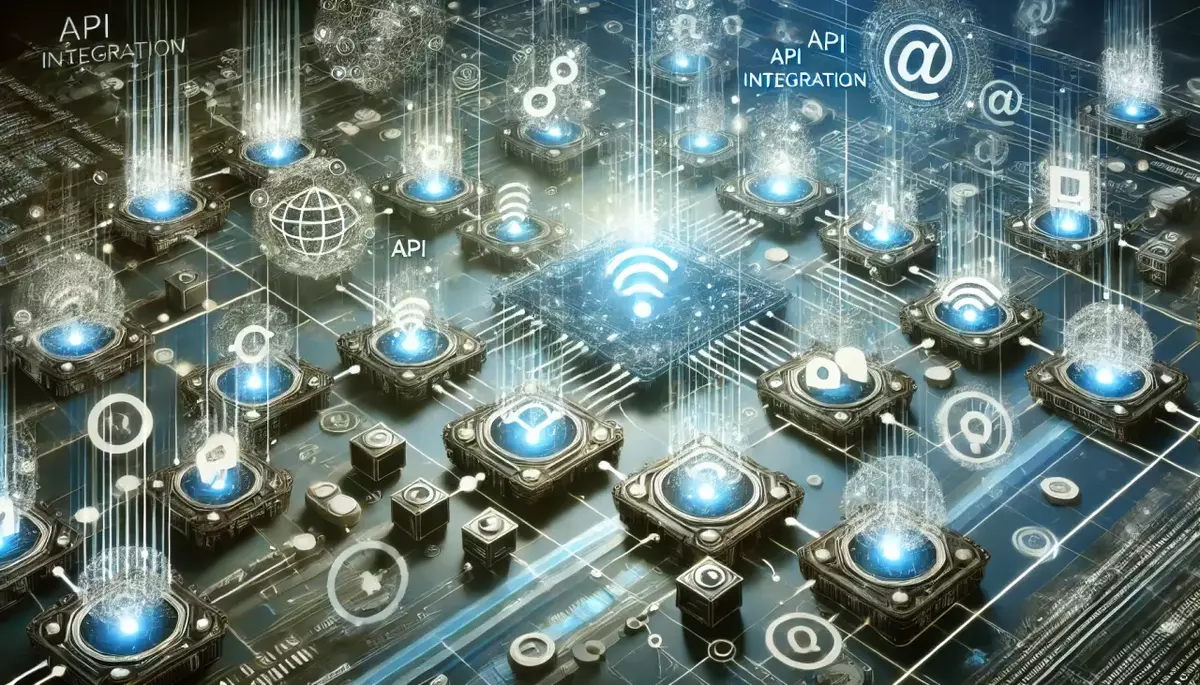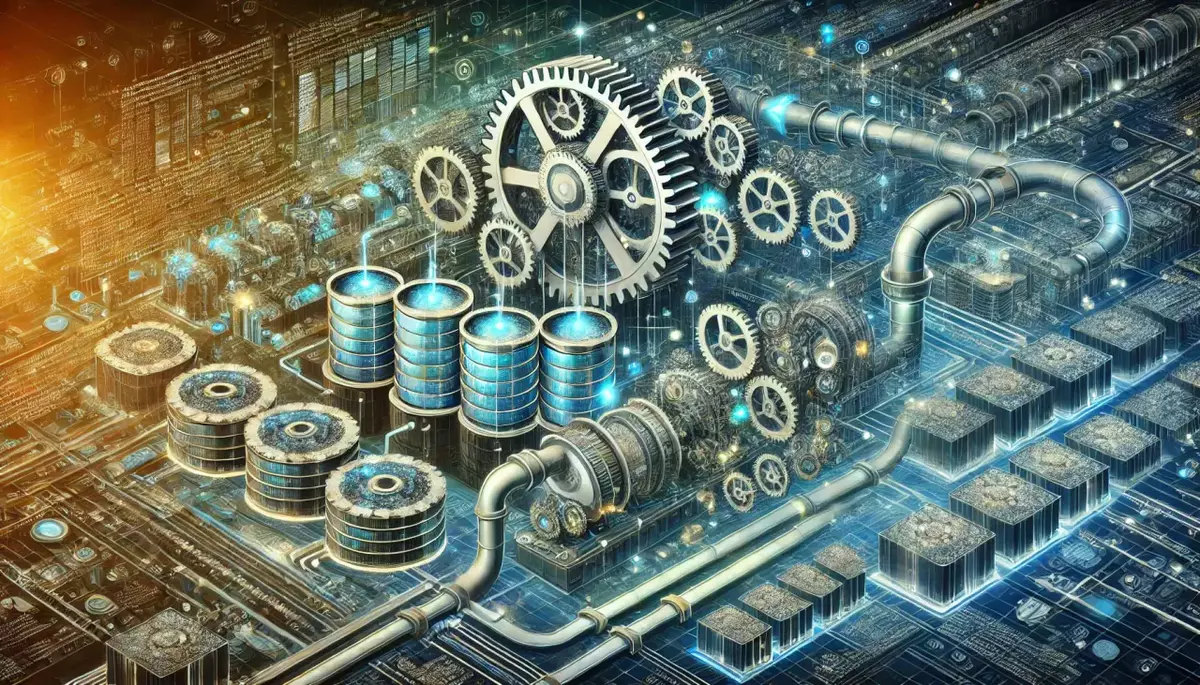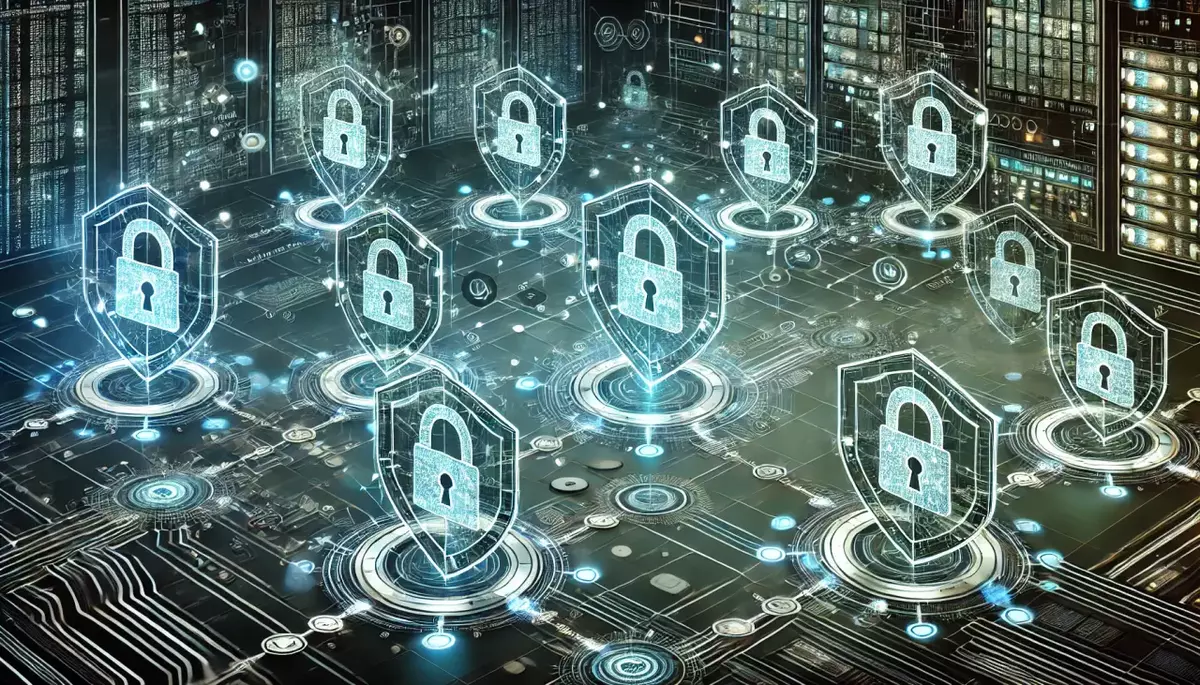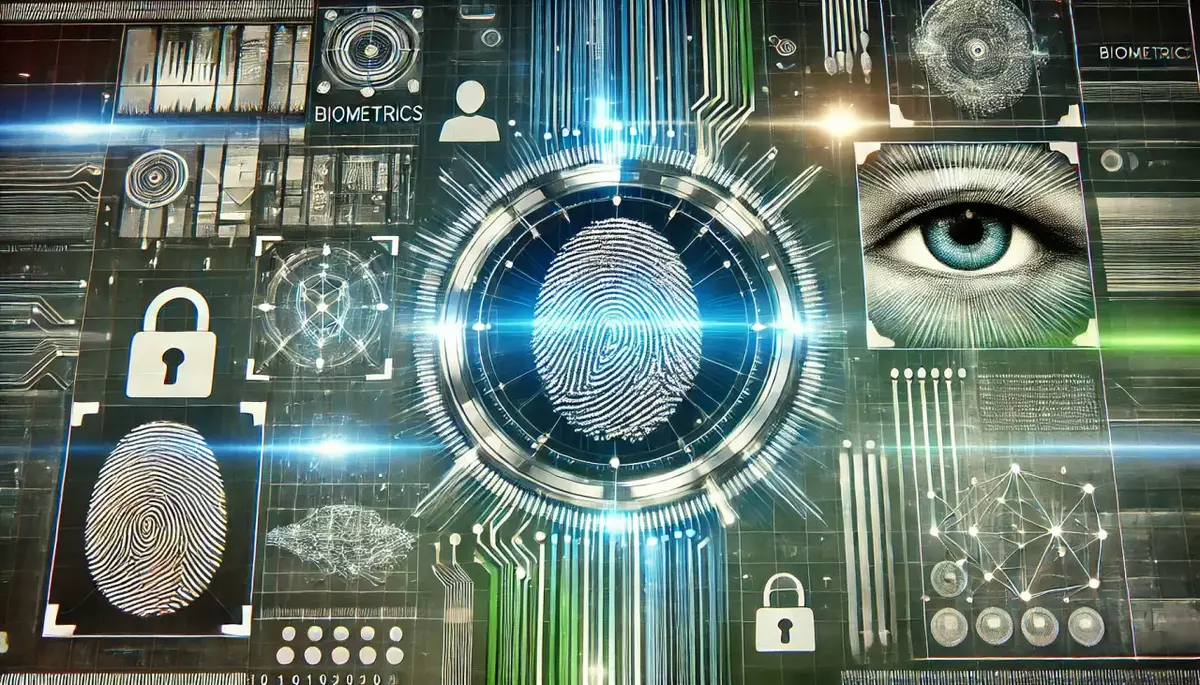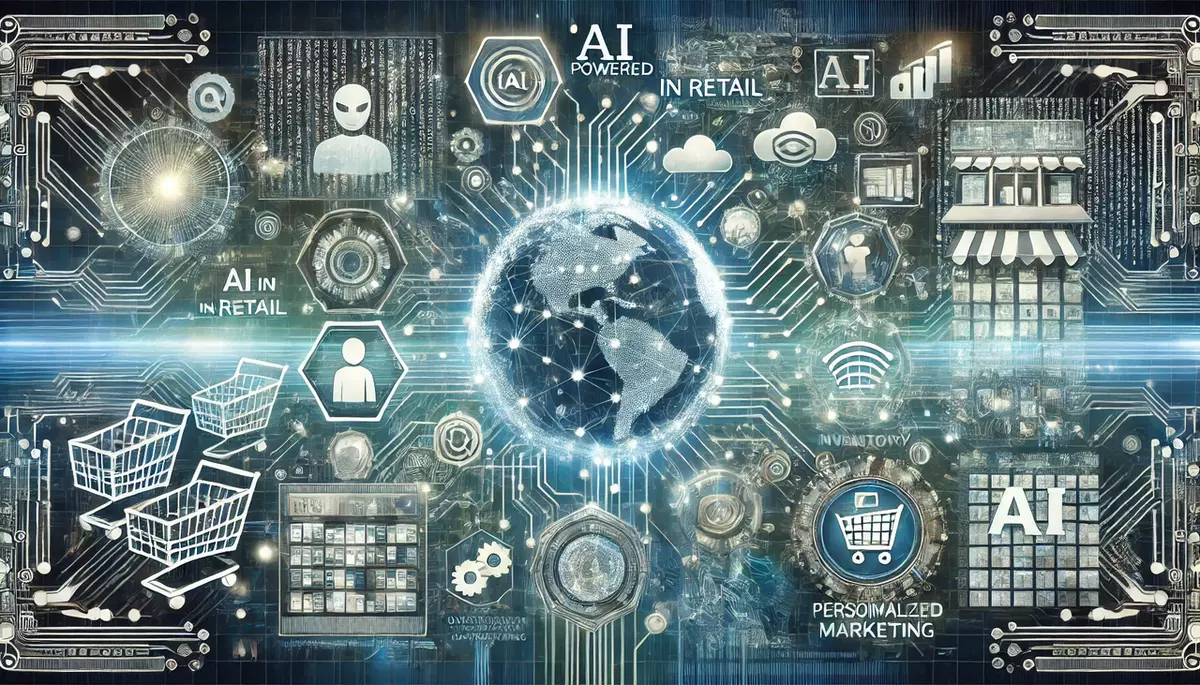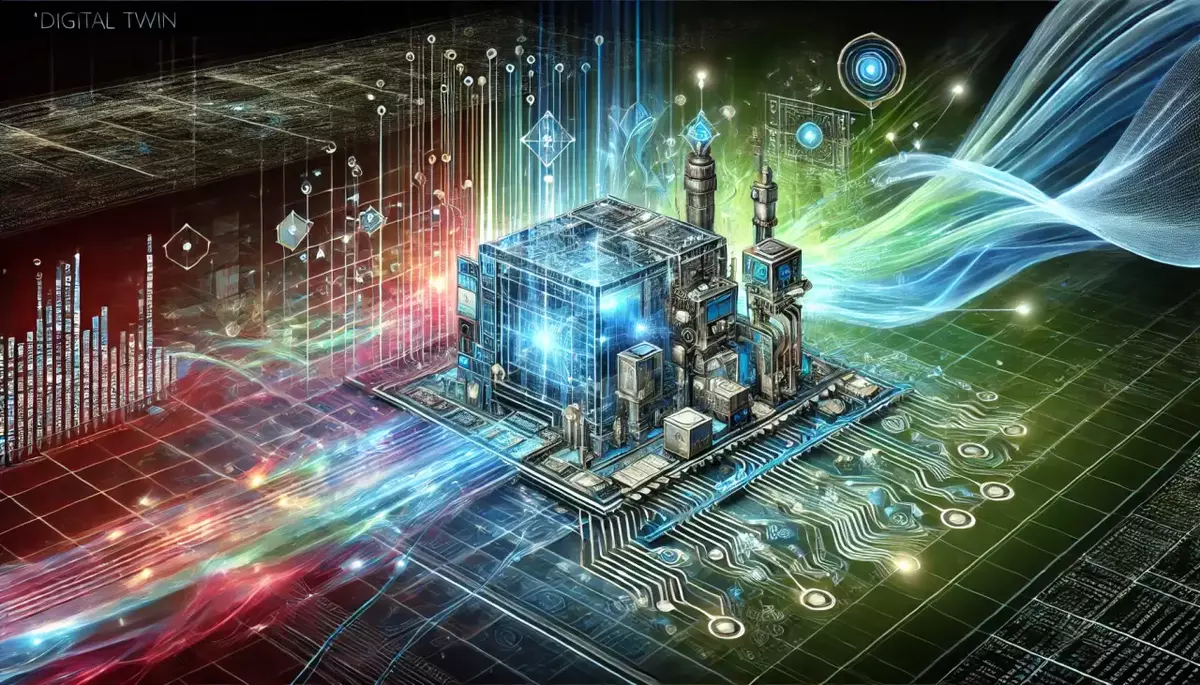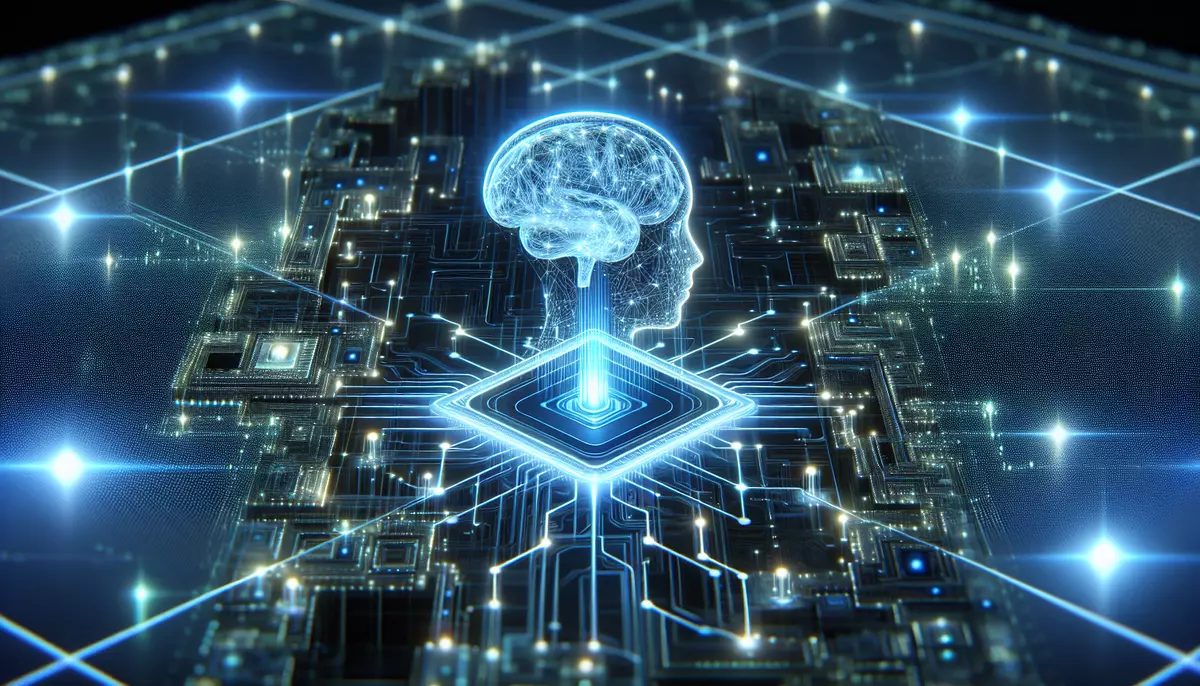Introduction
The Internet of Things (IoT) refers to the network of interconnected devices, sensors, and systems that can collect, exchange, and act on data without human intervention. This transformative technology is revolutionizing how we interact with the world around us, enabling new applications and services across a wide range of industries.
What is the Internet of Things (IoT)?
The Internet of Things is a system of physical objects, such as devices, vehicles, and home appliances, that are embedded with sensors, software, and network connectivity, allowing them to collect and exchange data. This interconnected network of “things” enables these devices to communicate with each other and with central systems, facilitating the automation of various tasks and the optimization of processes.
Key Components of IoT:
- Devices: Physical objects, such as smartphones, wearables, home appliances, industrial equipment, and vehicles, equipped with sensors and connectivity.
- Connectivity: The communication protocols and networks, such as Wi-Fi, Bluetooth, cellular networks, and low-power wide-area networks (LPWAN), that enable devices to connect and exchange data.
- Data Collection and Analytics: The ability to gather, process, and analyze the data collected by IoT devices to gain insights and drive decision-making.
- Cloud and Edge Computing: The infrastructure that supports the storage, processing, and management of IoT data, including cloud-based platforms and edge computing devices.
- Applications and Services: The software and platforms that leverage IoT data to provide valuable services and automate various tasks.
Applications of the Internet of Things
The Internet of Things has a wide range of applications across various industries, including:
Smart Homes and Cities:
- Automated home appliances and systems (e.g., lighting, HVAC, security)
- Intelligent energy management and conservation
- Traffic monitoring and optimization
- Waste management and environmental monitoring
Industrial IoT (IIoT):
- Predictive maintenance of industrial equipment
- Supply chain optimization and logistics management
- Automated manufacturing and quality control
- Asset tracking and fleet management
Healthcare:
- Remote patient monitoring and telehealth
- Wearable devices for health tracking and early intervention
- Medication management and adherence
- Intelligent hospital management and asset tracking
Transportation:
- Connected and autonomous vehicles
- Traffic management and optimization
- Fleet management and logistics
- Smart parking and toll systems
Benefits of the Internet of Things
The widespread adoption of IoT technology offers numerous benefits, including:
- Improved Efficiency: IoT enables the automation and optimization of various processes, leading to increased productivity and cost savings.
- Enhanced Connectivity: The interconnectivity of IoT devices allows for better data sharing, collaboration, and decision-making.
- Data-Driven Insights: The vast amount of data collected by IoT devices can be analyzed to generate valuable insights and drive informed decision-making.
- Improved User Experience: IoT-powered applications and services can provide a more personalized and seamless user experience.
- Increased Sustainability: IoT can contribute to more efficient resource management and reduced environmental impact.
Challenges and Considerations
While the Internet of Things offers significant benefits, it also presents several challenges and considerations that need to be addressed, including:
- Security and Privacy: Ensuring the security of IoT devices and the protection of the data they generate is a critical concern.
- Interoperability: Achieving seamless communication and integration between diverse IoT devices and platforms can be a complex challenge.
- Data Management and Analytics: The vast amount of data generated by IoT devices requires robust data management and analytics capabilities.
- Scalability and Reliability: As the number of IoT devices grows, ensuring the scalability and reliability of the overall system is crucial.
- Regulatory and Ethical Considerations: Policymakers and industry stakeholders must address the legal and ethical implications of IoT technology.
The Future of the Internet of Things
The Internet of Things is poised to continue its rapid growth and evolution, with several emerging trends and developments shaping its future:
- Edge Computing and 5G: The combination of edge computing and the increased bandwidth and low latency of 5G networks will enable more real-time processing and decision-making at the edge.
- Artificial Intelligence and Machine Learning: The integration of AI and ML capabilities will enhance the intelligence and autonomy of IoT systems, enabling more advanced applications and services.
- Blockchain and Distributed Ledger Technologies: The use of blockchain and other distributed ledger technologies can improve the security, transparency, and traceability of IoT data and transactions.
- Convergence with Emerging Technologies: IoT will continue to converge with other transformative technologies, such as augmented reality, virtual reality, and robotics, to create new and innovative applications.
- Increased Adoption and Societal Impact: As IoT becomes more ubiquitous, it will have a profound impact on various aspects of our lives, from how we live and work to how we interact with the world around us.
Conclusion
The Internet of Things is a transformative technology that is reshaping the way we interact with the world around us. By connecting a vast network of devices and enabling the collection and exchange of data, IoT is driving innovation and optimization across a wide range of industries. As the technology continues to evolve, the benefits and potential of the Internet of Things will only continue to grow, with far-reaching implications for individuals, businesses, and society as a whole.
This knowledge base article is provided by Fabled Sky Research, a company dedicated to exploring and disseminating information on cutting-edge technologies. For more information, please visit our website at https://fabledsky.com/.
References
- Ashton, K. (2009). That ‘Internet of Things’ Thing. RFID Journal.
- Evans, D. (2011). The Internet of Things: How the Next Evolution of the Internet Is Changing Everything. Cisco Internet Business Solutions Group.
- Gubbi, J., Buyya, R., Marusic, S., & Palaniswami, M. (2013). Internet of Things (IoT): A vision, architectural elements, and future directions. Future Generation Computer Systems, 29(7), 1645-1660.
- Minerva, R., Biru, A., & Rotondi, D. (2015). Towards a definition of the Internet of Things (IoT). IEEE Internet Initiative, 1, 1-86.
- Wortmann, F., & Flüchter, K. (2015). Internet of Things. Business & Information Systems Engineering, 57(3), 221-224.

